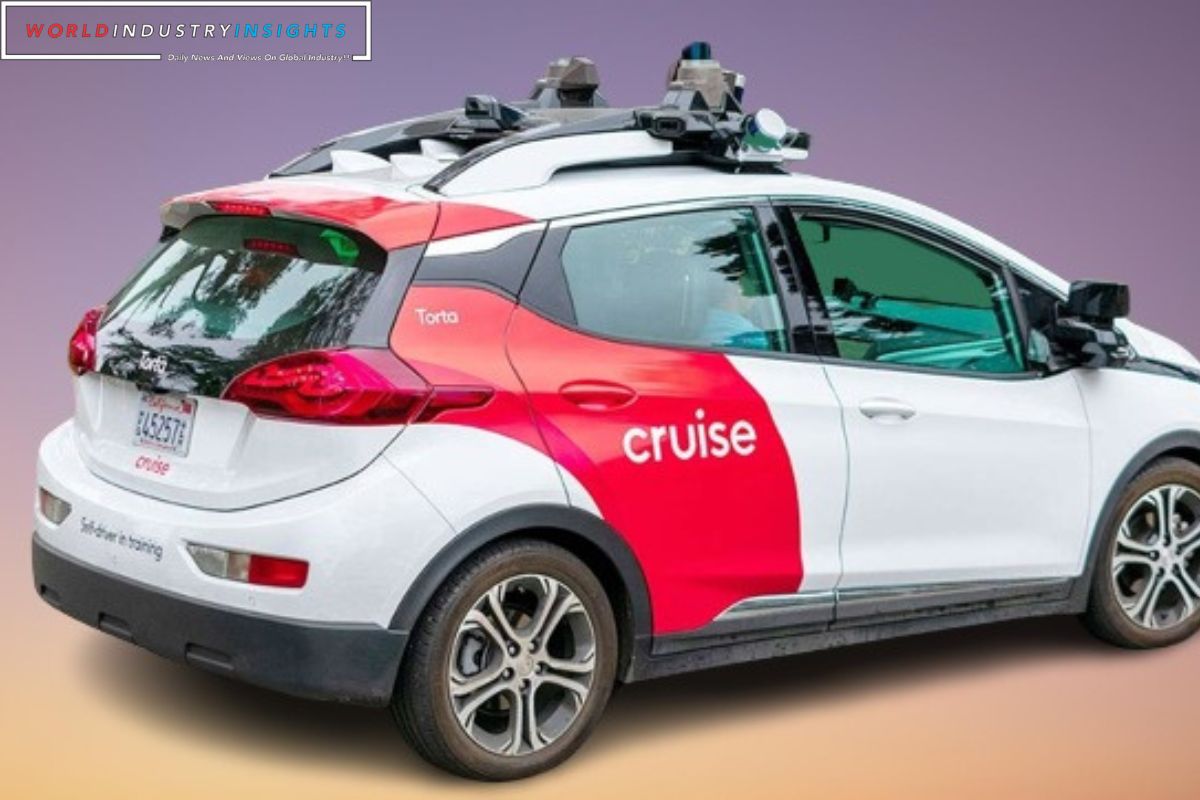Cruise Turmoil Deepens: In a significant development, General Motors’ Cruise robotaxi unit has parted ways with nine key individuals, including Chief Operating Officer Gil West, amid an ongoing safety investigation. The probe centers around an October 2 incident in San Francisco where a Cruise vehicle struck and dragged a woman.
This latest shakeup adds to the weeks of turmoil at the robotaxi unit, necessitating the withdrawal of all testing vehicles in the U.S. for a safety review post the accident. The departures include CEO Kyle Vogt, co-founder Dan Kan, and a forthcoming round of layoffs.
The memo stated, “Following an initial analysis of the October 2 incident and Cruise’s response to it, nine individuals departed Cruise.” Emphasizing transparency, the company aims to rebuild trust with new leadership focused on safety, integrity, and accountability.
Notable dismissals also include Chief Legal and Policy Officer Jeff Bleich and Senior Vice President of Government Affairs David Estrada. Cruise’s setbacks pose challenges for an industry reliant on public trust and regulatory cooperation, impacting its plans for autonomous taxi rides.
The ongoing investigation, led by law firm Quinn Emmanuel, is expected to conclude by January. The California Department of Motor Vehicles ordered Cruise to remove driverless cars from state roads, citing public risk and misrepresentation of safety technology. The National Highway Traffic Safety Administration is also probing pedestrian risks.
Facing potential fines and sanctions, Cruise’s new president, Mo Elshenawy, acknowledged the unit’s “all-time low.” The reshuffle aims to steer Cruise toward accountability, trust, and transparency in the wake of these challenges.
Also Read: GM Cruise Control Conundrum: CEO Mary Barra Aims to Steer Troubled Self-Driving Unit Back on Course
Our Reader’s Queries
Why did Kyle Vogt leave Cruise?
Cruise’s co-founder and CEO, Kyle Vogt, has announced his resignation from the GM-owned company. The decision comes after the self-driving taxi developer faced a series of incidents that resulted in the suspension of testing on public roads. Despite the setbacks, Cruise remains committed to advancing autonomous vehicle technology and will continue to work towards its goal of providing safe and reliable transportation solutions for the future.
Are self-driving cars safe pros and cons?
Self-driving cars have their advantages and disadvantages. On the positive side, they reduce the chances of human error, which can lead to accidents. They also have the potential to reduce traffic congestion and make travel faster. Additionally, they can have environmental benefits. However, there are also downsides to consider. Technological errors can occur, which can be just as dangerous as human error. Unpredictable traffic patterns can also pose a challenge. Furthermore, higher impact crashes can occur, and there may be unforeseen costs and consequences associated with this new technology.

